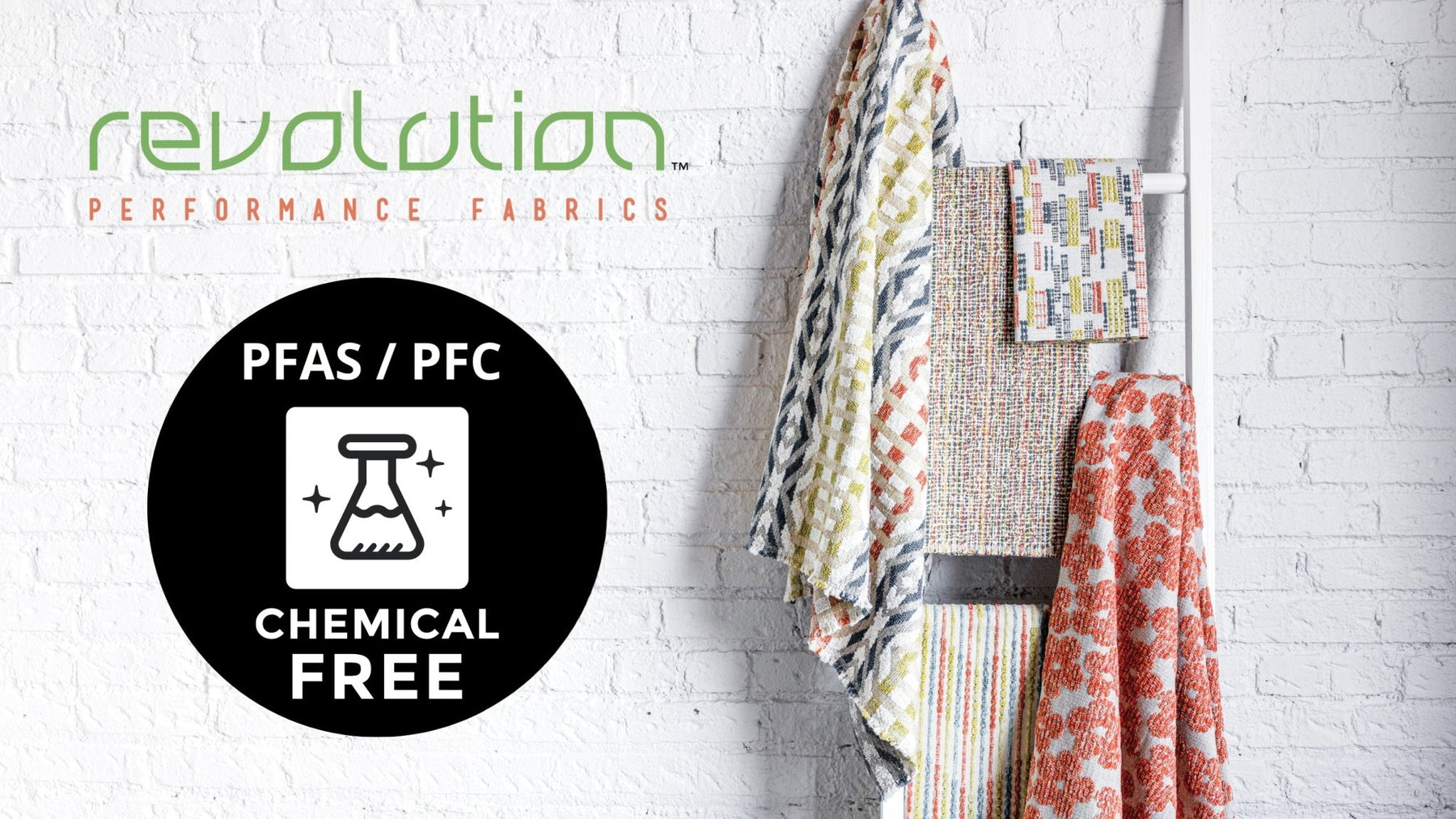
How to Avoid PFAS | A guide to living a PFAS-free lifestyle in your home
When it comes to decorating our home with furnishings, it is important to be aware of the chemicals that may be used in the materials. Many furniture manufacturers use PFAS (per- and polyfluoroalkyl substances) chemicals in their products for performance enhancing qualities, such as waterproofing and stain resistance. While these chemicals can make fabrics and other materials more durable, they can also create potential health hazards and environmental concerns. In this blog, we will discuss how to avoid PFAS chemicals in furniture and your home.
![]()
PFAS on Furniture
First, it is important to recognize when you may be in contact with furniture that may contain PFAS chemicals. Furniture treated with PFAS may include couches, chairs, waterproof pillows, and other home décor items. To identify furniture with PFAS, look for labels that describe a water-repellent, stain-resistant, or “easy care” material. In addition, be sure to read any product information provided by furniture retailers.
![]()
Second, look for PFAS-Free labelling. Many brands will display several icons highlighting their performance qualities- However, what they don't show you is what you need to consider. If you do not see PFAS-Free labeling on their website or in their marketing materials, it's safe to say that product most likely contains PFAS chemicals.

Third, if you are in the market for performance fabrics on your furniture, consider polypropylene. Polypropylene is an up cycled material that is already inherently water and stain resistant, without the potential health and environmental hazards. If a furniture retailer claims they have “renewable” fabrics and materials, pay special attention to look for polypropylene options.
While it is important to be aware of the chemicals used in furniture, there are ways to avoid those that may potentially cause health risks. By understanding the types of chemicals that may be on furniture, the steps to identify them, and the alternatives, you can make sure your furnishings are free from hazardous substances. Armed with this knowledge, you can confidently decorate your home with furnishings that are safe for you and our environment.
Comments
Leave a comment